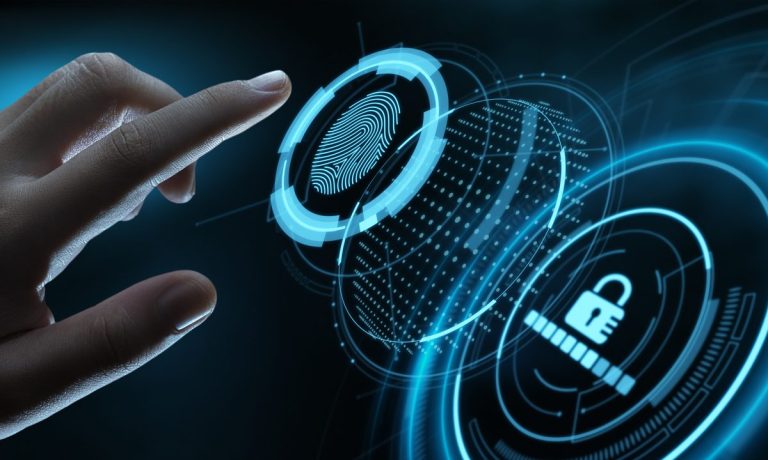
Around the world, companies are rolling out innovations designed to authenticate identities, replacing cumbersome methods involving usernames, passwords and paper-based ID.
Biometrics like facial recognition, fingerprint and iris scans and voice recognition technologies are increasingly being employed in everything from accessing devices and financial accounts to airport check-in and security processes.
But as authentication techniques lose the human element, the threat of possible fraud and data breaches has risen. Governments around the world have passed legislation geared toward guarding the way consumer data is gathered, processed and used. These laws will consume corporate boards and make more work for executives, with compliance challenges that include vetting new hires, avoiding regulatory fines, fraud risk mitigation and maintaining customer trust.
In fact, one 2021 survey of corporate compliance officers found that nearly 80% said they anticipated they’d see an increase in regulatory demands in the coming year.
Meanwhile, consumers are demanding technology that provides convenience and speed when accessing financial accounts. There’s growing evidence showing they are willing to trust biometrics to identify themselves for quicker service.
One recent survey found a dramatic increase in consumers’ comfort level with sharing biometric identifiers since 2020, mostly due to their experiences during the pandemic. Although fingerprints remain the biometric identifier that consumers feel most comfortable sharing, their comfort with facial, voice, hand and iris scans has risen drastically, with 44% now at ease with sharing facial scans.
But while consumers way be warming to biometrics, legitimate concerns about the technology linger. Data breaches were a major worry for 69% of consumers in one recent survey, followed by invasion of privacy (62%).
Identity theft is on the rise, is on the well, with 15 million Americans falling victim to this crime in 2021, up by more than half from 2020. The losses from these incidents climbed 79% from the previous year, reaching $24 billion in 2021. The passage of biometric privacy laws aimed at governing the collection and storage of consumer data, has gone up as well.
For more on the challenges financial institutions face when it comes to ID verification, download this month’s Alternative Payments Tracker, a PYMNTS and Socure collaboration.